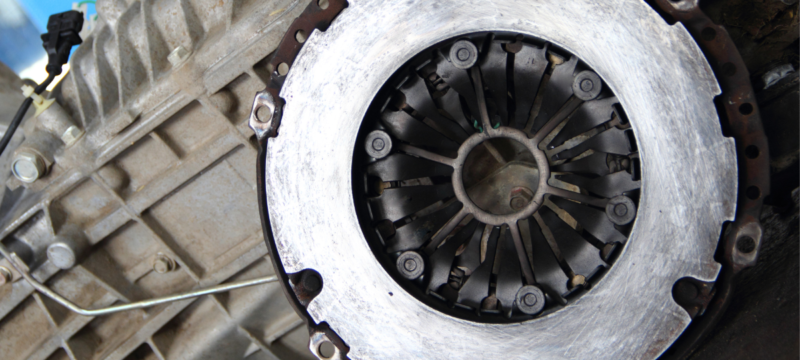If you’re like most people, you probably don’t think much about your vehicle’s clutch. But if you’re looking to replace or upgrade your existing clutch, it’s important to choose the right one for your specific vehicle. In this blog post, we’ll break down everything you need to know about clutches so that you can make an informed decision when it’s time to purchase a new one. Keep reading to learn more!
First, it is important to choose the best type of clutch for your vehicle. There are a variety of different types of clutches available to suit your vehicle’s needs. The most common type is the single-plate clutch. This uses friction material to transfer power from the engine to the transmission. On the other hand, a dual-plate clutch uses two plates that have oil between them. This allows for smoother engagement and greater torque handling capabilities due to the use of hydraulic pressure rather than friction alone.
For vehicles with higher power output and torque demands, there are triple-plate or even quadruple-plate clutches available. These are designed to handle higher levels of power and torque, allowing for greater acceleration and speed. Finally, there are performance clutch kits available for vehicles that require additional strength or faster engagement times. These kits use a combination of components such as multi-disc clutches, pressure plates, and friction materials to achieve the desired result.
Once you have determined the type of clutch that is most suitable for your vehicle, it is time to consider the size and strength of the clutch. The size and strength of the clutch can vary depending on your vehicle’s engine power output, as well as its intended use. If you are using your car for daily commuting, a light-duty or standard-duty clutch should be sufficient. But if you plan to use your vehicle for more demanding activities such as racing or off-roading, a heavy-duty or performance clutch might be necessary.
When shopping for a replacement clutch, make sure that it meets all OEM specifications for fitment and compatibility. It is also important to double-check with an expert at your local auto parts store or mechanic to confirm that the part you are looking at is suitable for your vehicle’s make and model.
Finally, always remember to factor in the cost of a new clutch when making your purchase decision. The price can vary significantly depending on the quality and type of clutch, so it’s important to shop around before deciding on which one to buy. Compare prices between different suppliers and compare features such as warranty coverage and installation costs. Shopping around will help you get the best deal while ensuring that you choose the right clutch for your vehicle.
Once you have finalized all of these considerations, it’s time to install your new clutch! Before attempting any kind of DIY repair work, be sure to check with an expert mechanic who can help you with the installation process. This will ensure that everything is done correctly and your new clutch will last for many years to come.
With the right information, selecting and installing a new clutch can be a fairly straightforward process. Taking the time to research your options and compare prices will lead you to the best deal possible while ensuring that you get a quality part that meets all of your needs. And if you need help selecting the right clutch for your vehicle, or if you need automotive maintenance and repair, contact us today at Pinecrest Shell. Our team of experts is always happy to help.



Leave a Comment